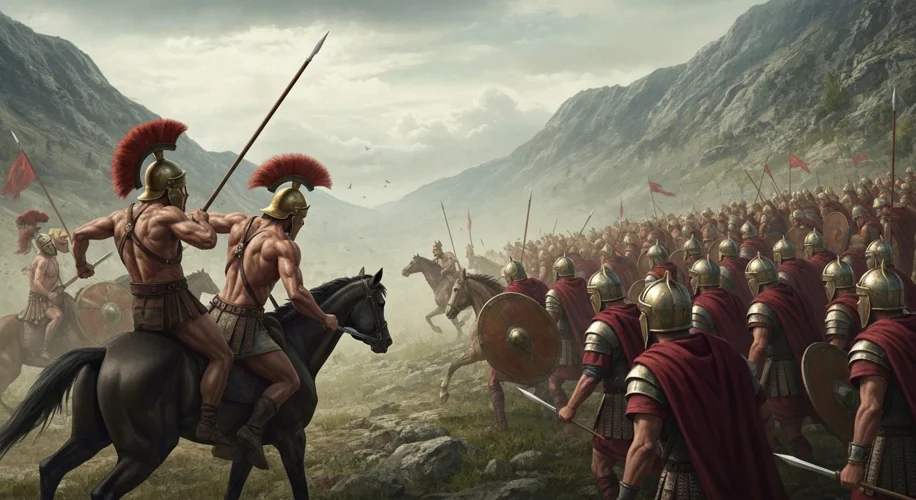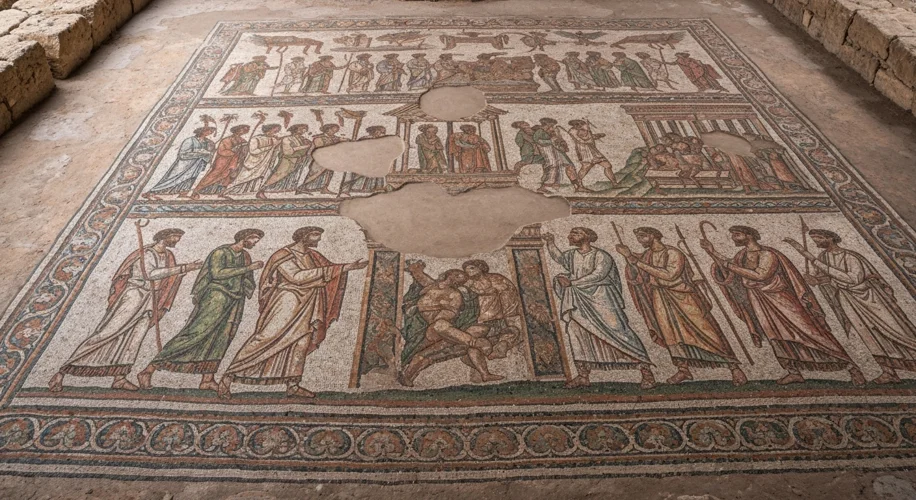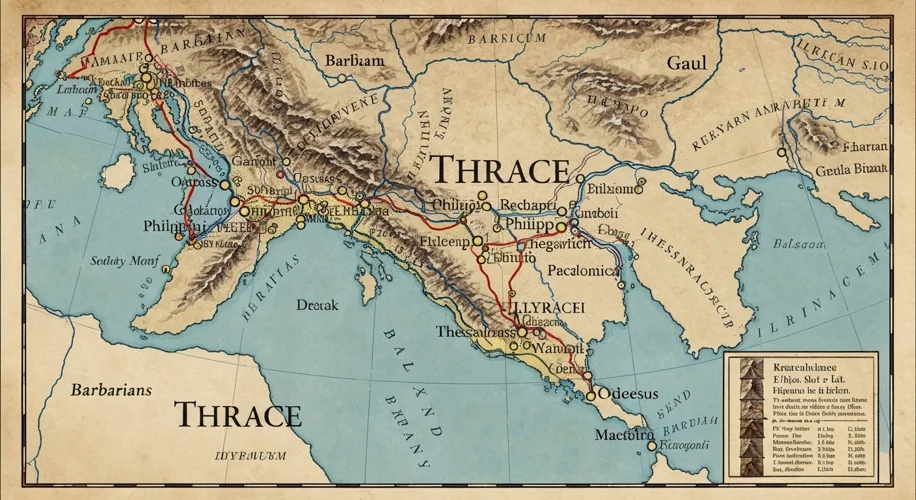Imagine the Roman Empire, a sprawling behemoth of military might and cultural influence. Its legions marched from the misty shores of Britannia to the sun-baked deserts of Syria. But within this vast dominion, certain regions held a peculiar, almost visceral importance. One such area, often overlooked by casual observers, was known by a rather unflattering yet remarkably apt moniker: the ‘armpit’ of the Roman Empire.
This ‘armpit’ was the province of Thrace, a region that encompassed modern-day Bulgaria, parts of Greece, Turkey, and North Macedonia. Its strategic value was immense, a crossroads of empires and a vital buffer zone that protected the heartland of Roman power.
A Crucible of Cultures and Conflict
Long before the Romans cast their eagle standards over its lands, Thrace was a vibrant, often volatile, territory. It was home to fierce, independent tribes, known for their martial prowess and unique cultural traditions. The Thracians were renowned warriors, their cavalry feared across the ancient world. They were also deeply religious, with a rich tapestry of myths and rituals, including the cult of Dionysus, which often involved ecstatic dances and revelry.

The Greeks had long established colonies along the Thracian coast, fostering a blend of Hellenistic culture and local traditions. Cities like Apollonia Pontica and Odessos became centers of trade and intellectual exchange. However, the hinterlands remained largely under the sway of powerful chieftains, presenting a constant challenge to any external power seeking to dominate the region.
Rome’s Grip Tightens: A Strategic Necessity
The Roman engagement with Thrace began in earnest during the Macedonian Wars in the 2nd century BCE. As Rome expanded its influence eastward, Thrace became a crucial buffer against the rising power of the Seleucid Empire and the Dacians to the north. Its geographical position, nestled between the Danube River to the north and the Aegean Sea to the south, made it a natural defensive frontier.
In essence, Thrace acted as a protective fold, an ‘armpit’ that shielded the more settled and prosperous Roman provinces of Asia Minor and Greece from northern incursions. The region’s rugged terrain, mountainous in many parts, provided natural defensive positions, and its hardy population could be a source of valuable auxiliary troops for the Roman army.
By the time of Emperor Claudius in the mid-1st century CE, Thrace was officially incorporated as a Roman province. This wasn’t a mere administrative formality; it was a strategic imperative. The Romans invested heavily in infrastructure, building roads to facilitate troop movements and establishing military garrisons to maintain order. The Via Egnatia, a vital Roman road, passed through Thrace, connecting the Adriatic coast to the East.
Legions in the ‘Armpit’
The presence of Roman legions in Thrace was a constant reminder of imperial authority, but it also brought a degree of stability and prosperity to some areas. Romanization took root, with Roman law, language, and customs gradually influencing the local elites. Cities flourished, and trade routes became more secure. The province became a significant supplier of grain, timber, and, crucially, manpower for the Roman army.
Thracian soldiers were highly valued for their fighting spirit and endurance. Many served in the auxiliary cohorts, distinguishing themselves in battles across the empire. The very term ‘armpit’ suggests a place of potential vulnerability, but also a place where strength was concentrated and protected. Thrace, with its formidable mountain passes and its role as a bulwark against northern tribes, fit this description perfectly.

However, the ‘armpit’ was not always a comfortable or peaceful place. The northern frontiers, particularly along the Danube, were a constant source of tension. Tribes like the Goths and the Sarmatians frequently tested Roman defenses, leading to protracted campaigns and significant Roman deployments in the region. The history of Roman Thrace is punctuated by skirmishes, rebellions, and periods of intense military activity.
A Legacy of Strategic Significance
The designation of Thrace as the ‘armpit’ of the Roman Empire highlights a sophisticated understanding of military geography and imperial strategy. It was a region whose importance lay not in its direct wealth or cultural grandeur, but in its capacity to protect the empire’s core.
The legacy of Roman Thrace is etched into the landscape, from the ruins of Roman forts and roads to the enduring cultural influences that shaped the region for centuries. It reminds us that the vast expanse of empires was often held together by less glamorous, yet no less vital, strategic outposts – the ‘armpits’ that, while perhaps less visible, were indispensable to the empire’s survival.

While the term ‘armpit’ might sound dismissive, it was, in fact, a testament to Thrace’s crucial role. It was a region that bore the brunt of external pressures, a place where the empire’s defenses were constantly tested, and a source of strength that helped keep the Roman behemoth intact. Understanding this seemingly obscure designation offers a deeper appreciation for the complex, interconnected nature of Roman imperial power.

